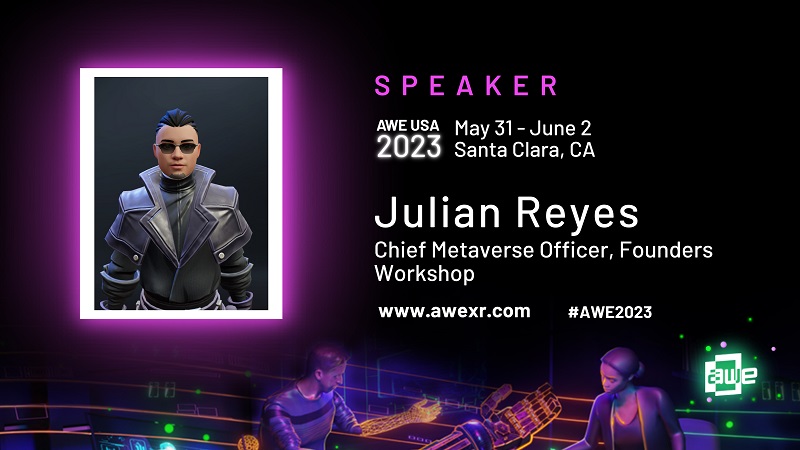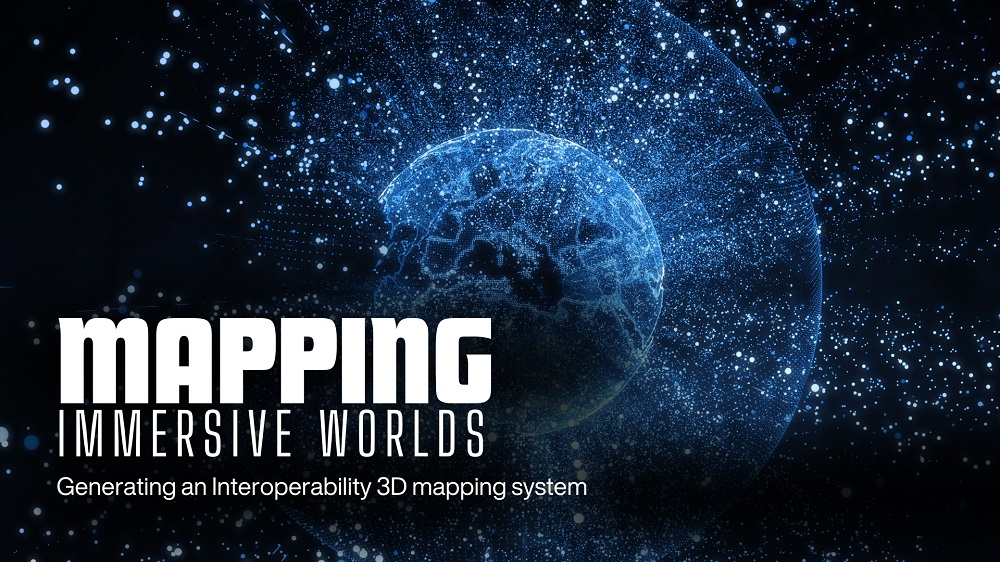
Mapping Immersive Worlds
The “Metaverse” has been a term since 1992. More recently the concept has become mislabeled, overused, and misconstrued. Reasons include the renaming of a certain company in 2021, the media utilizing the term for clickbait, and Web3 companies capitalizing on the term while experiencing crypto-crashes.
We have taken it upon ourselves to track and map the evolution of immersive worlds and interoperability efforts in 3D.
By using a 3D visualization approach, a mapping system could provide a more intuitive and comprehensive understanding of the scale and future interoperability of the Metaverse. This would allow stakeholders, investors, and world builders to identify areas for improvement and track progress over time. In this project, we aim to map the immersive platforms that currently host avatars in virtual worlds. We’ll be tracking these platforms on three distinct axes: Web2, Web3, and the Open Metaverse. The plan is to create a system to visualize the process in 3D.
We will not include games or unreleased platforms, but instead focus on the companies that have the potential for Metaverse interoperability or are already successfully hosting avatars in their 3D environments.
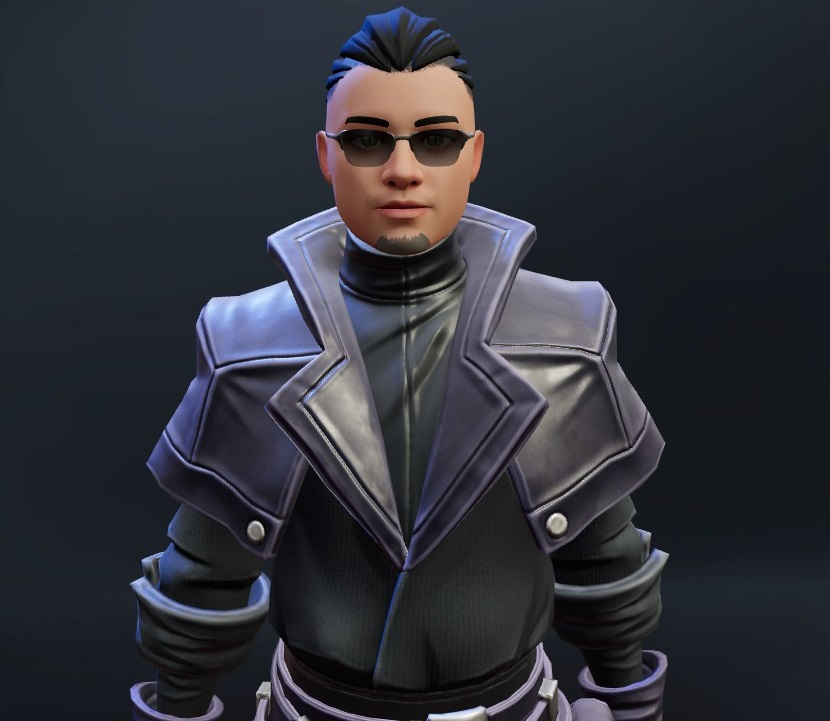
Author: Julian Reyes
Julian Reyes is the Founder and Director of the Virtual Worlds Museum. Prior to this work, Julian founded Keyframe-Entertainment, which produced media projects, events, VR demos, and 3D worlds.
He has also held positions at Meta, Cisco Systems, Jacobs Associates, and Exponent. Additionally, he received training from the Oculus Launch Pad and Oculus Start programs and the EveryRealm Metaverse Academy. Julian also presented at AWE 2023 on “Mapping the Web3 Immersive Platforms.”
What is the Metaverse / Resources:
Neal Stephenson’s interview – Matthew Ball’s explanation – Tony Parisi 7 Rules – Difference Between Web3 & The Metaverse – Rebuttal to Ed Zitron’s article
What is the Hierarchy of Friction?
Three key categories of user friction in app development are “emotional friction, interactive friction, and cognitive friction.”
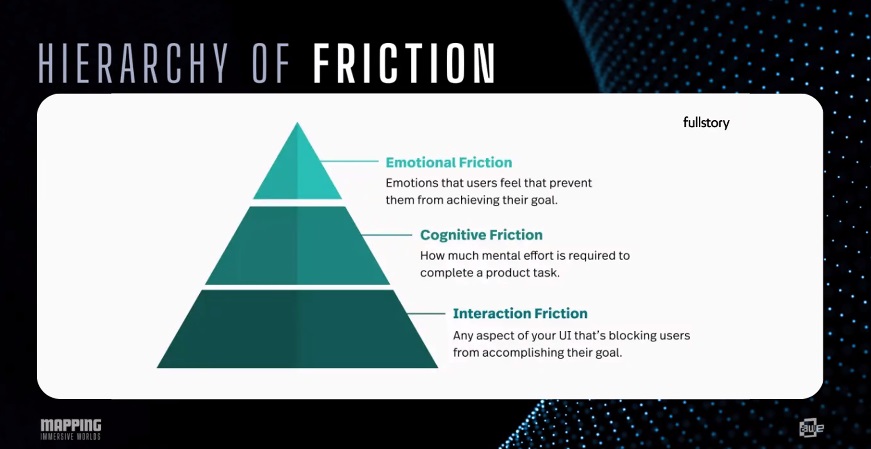
The Intersection of AI and XR
The companies working at the intersection of AI and XR are at the vanguard of 3D world building.

Why it’s Important to Map the evolution of immersive worlds and Interoperability
Companies have been mapping virtual worlds in list form for some time. We saw the value of creating a representative 3D model as essential given that immersive worlds exist in 3D digital space. This system could also help to monitor the development and implementation of standards and protocols related to interoperability. We can understand what interoperable strategies work and which do not. The tools that we are using to plot these 3D systems are: databases, Python, and Babylon.js.
Why we decided to map immersive worlds into 3 categories.
Given that 3D environments are generated through 3 axes, we’ve come up with a system that maps the evolving platforms into 3 distinct technologies in order for our data visualization system to generate a 3D model:
#1. Web2 = Walled gardens and 3D avatar systems, refers to platforms that were created with Web 2.0 technology or require complicated signup.
#2. Web3 = Blockchain, DAO’s, NFT worlds. For our mapping purposes “Web3” describes decentralized blockchain network technology.
#3. Open Metaverse = WebXR, MetaTr@versal projects, OpenXR, etc. These worlds are centered around Interoperability.

Process: We are currently collecting all of the immersive worlds’ data and working on visualization strategies with Steve Van Loon as our technology lead.
Data Visualization:

Steve Van Loon – Experienced Engineer building expertise in machine learning and storytelling through augmented reality narrative filmmaking. Demonstrated history of working in many industries. Strong engineering professional skilled in data management, analytics, Web Applications, and DevOps. Steve worked as Senior Software engineer for LinkedIn for 4 years.
Advisor:
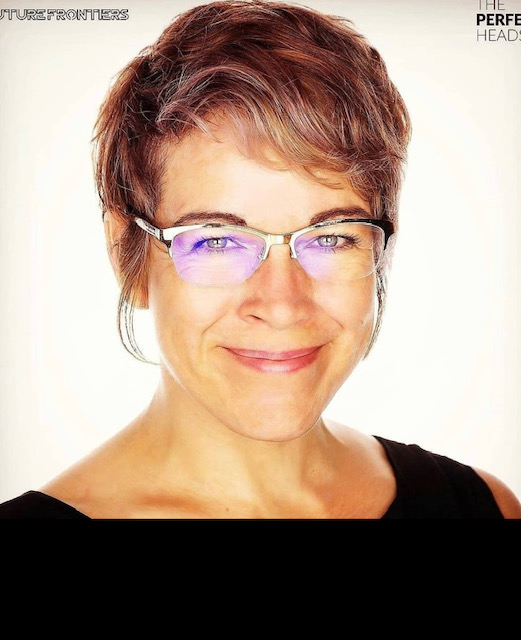
Evo Heyning of Realitycraft – XR & Experiential Media, Concept Design & Generative Services – Realitycraft. Evo is a US based multimedia artist creating protopian and participatory futures that merge physical and digital media into interactive stories and creative play. Mixing generative works with physical art and antiques, Evo creates worlds with XR and metaverse tools, projection mapping and crystalline structures that connect people to new visions and futures. Evo’s metaverse and XR works have won international art, screenwriting and media awards over 2 decades since contributing to the Metaverse Roadmap in 2005. Her original productions include film, live, television, game, art and upcoming book and concept worldbuilding projects. http://evo.ist
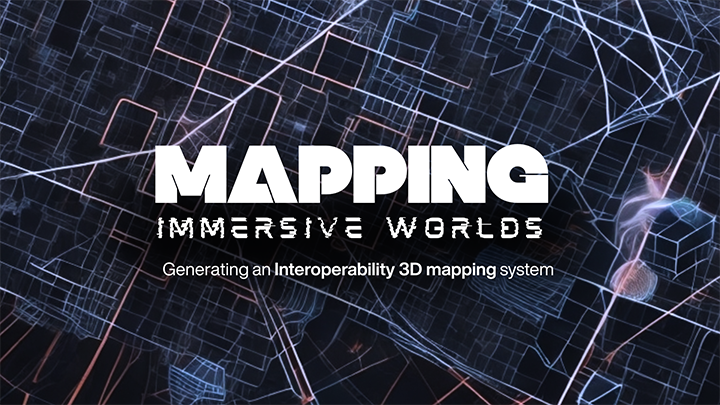
Mapping efforts by Metaversed
No Metaverse mapping endeavor is complete without citing the impressive work of Metaversed. Since 2006, Metaversed has been the original Metaverse consulting company. For nearly 2 decades, they’ve worked with global brands, game developers and publishers, agencies, start-ups, governments and investors to provide de-facto analytics and strategic guidance coupled with high-impact, result-driven activation, consulting and advisory services.
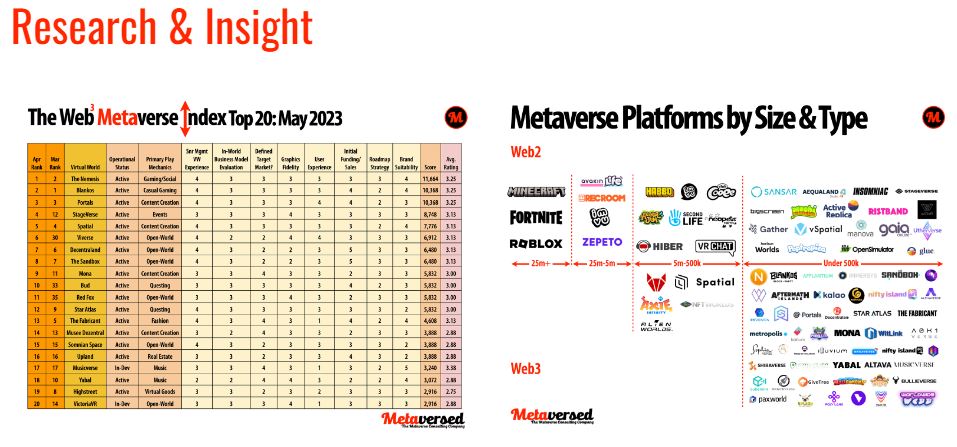
We found overlap in our efforts and are now collaborating directly. We appreciate their diligent research and will utilize their findings on immersive worlds in our projects.
_____________________________________________________________
Our mission is to represent the Immersive Worlds in an interactive 3D model through our unique approach of curated platforms and AR mapping technology. We welcome collaboration with like-minded organizations.
On May 31st, 2023, Julian spoke at AWE USA 2023 on Mapping the Web3 Immersive Platforms.
If you’d like to contribute to this project please let us know, we can explore ways to collaborate or identify possible alignment. As this project may take years to come to fruition, we welcome industry support in realizing this beneficial vision. Thank you for visiting this page and feel free to send us questions, suggestions, or ideas.
